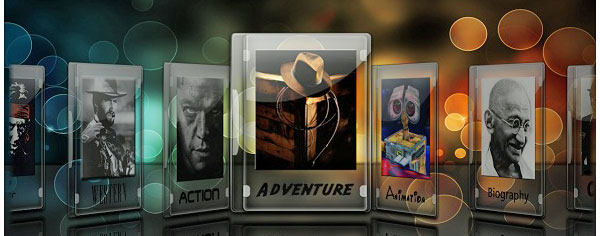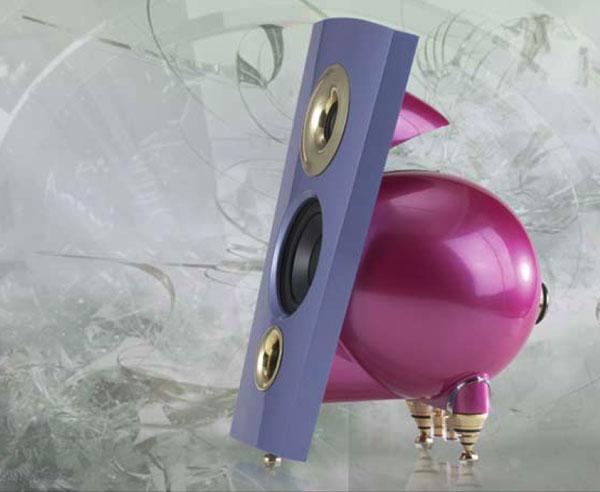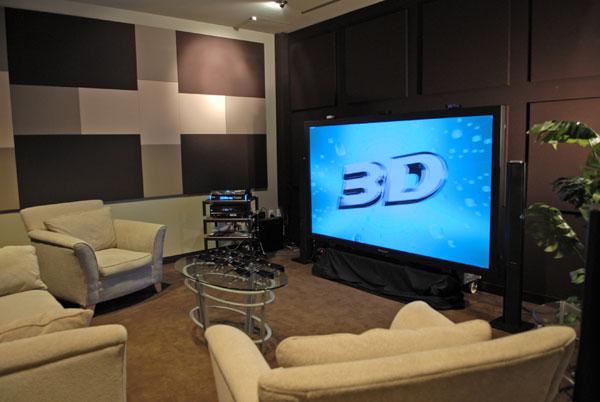LATEST ADDITIONS

Most visitors to UAV are into watching Blu-ray or DVD movies on their home-entertainment system, be it a 32-inch flat panel and its internal speakers, a full-blown home theater with front projector and 7.1 surround sound, or anything in between.
If you live alone, of course, you can watch whatever you want. If it's just you and your spouse/partner, you probably have to do some negotiating, but hopefully your tastes overlap at least somewhat. On the other hand, if you have young children, they most likely have the final say and you play a lot of kids' titlesover and over and over ad nauseam.
We are dedicated to providing reviews of Blu-ray movies that help you separate the wheat from the chaff in terms of both content and audio/video quality. To fine-tune that effort, we'd like to know what movie genre you watch most at home. Of course, you probably watch many different genresperhaps a roughly equal number from several genresin which case, please indicate your favorite.
Vote to see the results and leave a comment about your choice. If you vote "Other," please tell us what genre you're referring to.



 In the late 19th Century, Deadwood, South Dakota, was a boom town where prospectors came to strike it rich. It was illegally established on Indian land and attracted a wide variety of people from all different backgrounds. The town sheriff, Seth Bullock (Timothy Olyphant), came to Deadwood to open a business and ends up wearing a badge in order to keep law and order. Opposite him is Al Swearengen (Ian McShane), a local business man whose moral compass veers in the opposite direction as a local pimp and crime boss.
In the late 19th Century, Deadwood, South Dakota, was a boom town where prospectors came to strike it rich. It was illegally established on Indian land and attracted a wide variety of people from all different backgrounds. The town sheriff, Seth Bullock (Timothy Olyphant), came to Deadwood to open a business and ends up wearing a badge in order to keep law and order. Opposite him is Al Swearengen (Ian McShane), a local business man whose moral compass veers in the opposite direction as a local pimp and crime boss.


 When a former elite agent goes rogue with plans to unleash a device that will bring down her canine enemies, cats and dogs must join forces for the first time to prevent a global catastrophe.
When a former elite agent goes rogue with plans to unleash a device that will bring down her canine enemies, cats and dogs must join forces for the first time to prevent a global catastrophe.

 Sir Arthur Conan Doyle's popular Victorian-era super sleuth gets a reboot in the 21st Century. Sherlock Holmes (Benedict Cumberbatch) is the go to detective consultant for Detective Inspector Lesrade (Rupert Graves) of the London police department. Ex-soldier/doctor John Watson (Martin Freeman) joins Holmes as his trusty sidekick in order to solve the most bizarre cases London has ever seen.
Sir Arthur Conan Doyle's popular Victorian-era super sleuth gets a reboot in the 21st Century. Sherlock Holmes (Benedict Cumberbatch) is the go to detective consultant for Detective Inspector Lesrade (Rupert Graves) of the London police department. Ex-soldier/doctor John Watson (Martin Freeman) joins Holmes as his trusty sidekick in order to solve the most bizarre cases London has ever seen.




